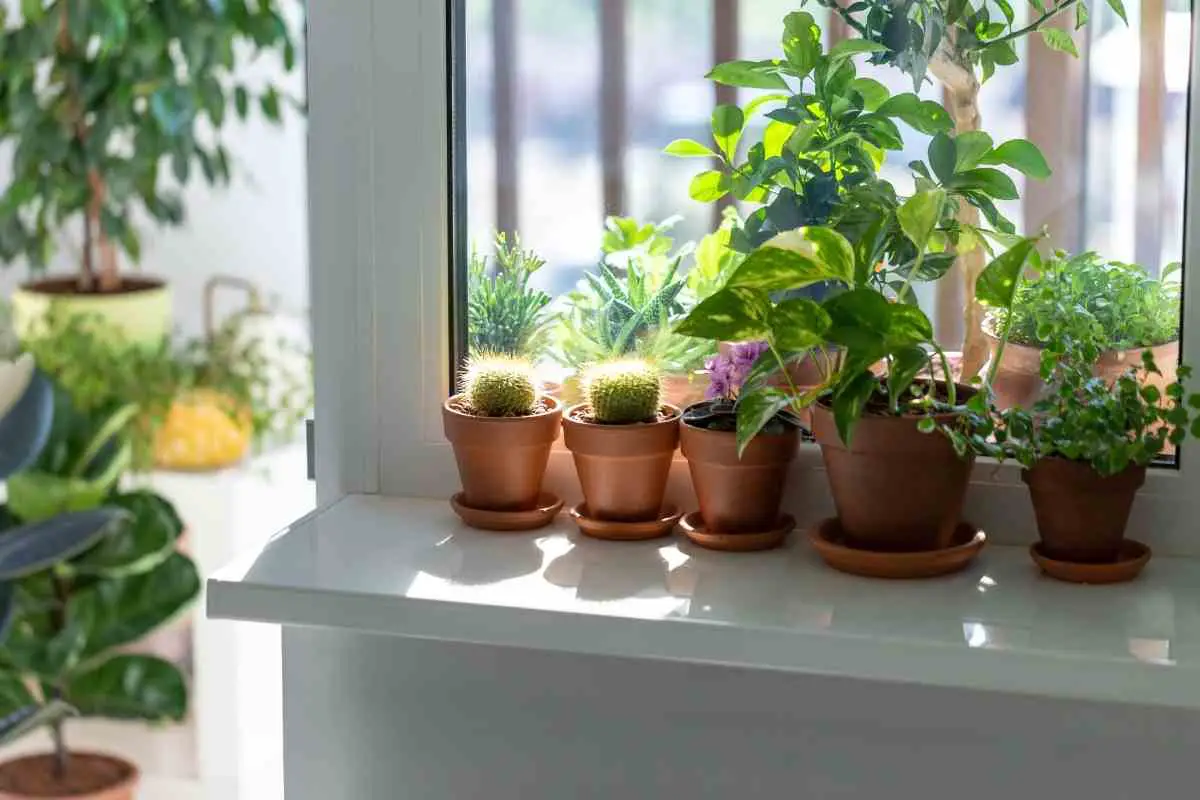Ah, Pothos. A very attractive, very desirable plant that everyone wants to keep as a houseplant.
And for good reason, the heart-shaped leaves and trailing vines of pothos are simply beautiful.
But sometimes, even the most beautiful plants can get a little sickly-looking.
What Causes the Brown Spots?
There are several reasons that brown spots will develop on the leaves and stems of your pothos.
Too Much Lighting
The first is too much light.
Pothos are native to tropical rainforests, so they thrive in indirect sunlight where they grow in the shade of the canopy created by the trees.
If you place your pothos in direct sunlight, the leaves will start to develop brown spots.
This can be caused by natural or artificial sunlight, so if your grow lights are too strong, they will also burn dark spots into the leaves of your pothos.
Watering Issues
Pothos can be a tricky plant to water.
There is such a thing as over watering and under watering, so how can you know how much water to give?
If you water your pothos too much, the roots will start to rot. This will cause brown spots on the leaves as the plant tries to take in more water than it needs.
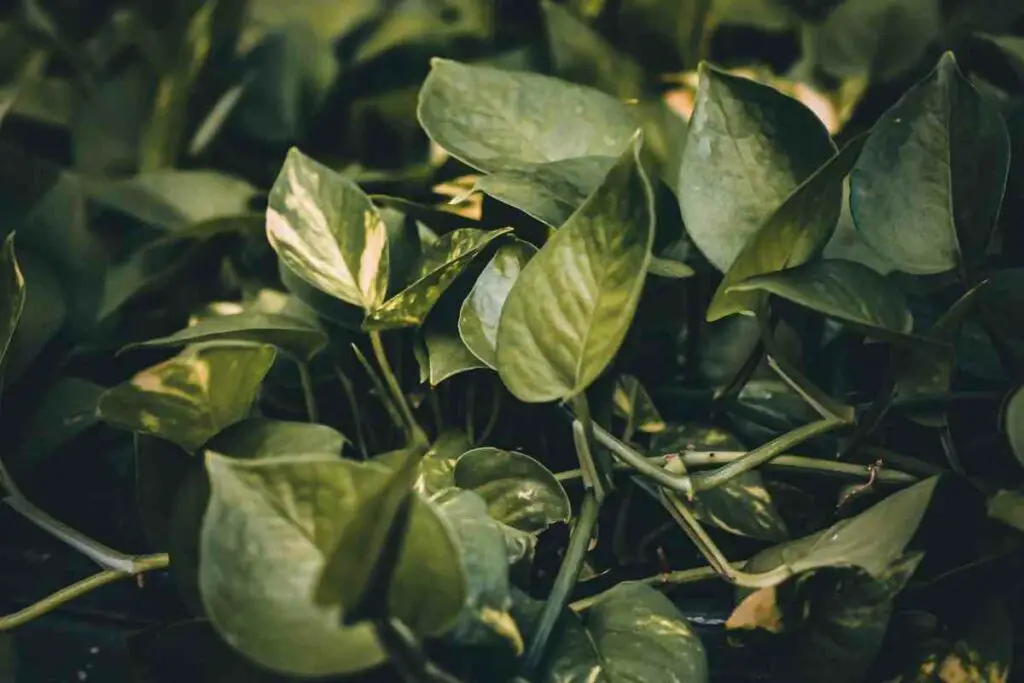
On the other hand, if you underwater your pothos the leaves will start to turn brown and crispy.
The best way to water your pothos is to feel the soil.
If the top inch of soil is dry to the touch, then it is time to water. Water your pothos until it drains out of the bottom of the pot.
If the soil is still moist, then wait a few more days and check again. Pothos plants only need to be watered every one to two weeks when grown indoors.
Not Enough Humidity
Since it is a tropical plant, pothos like high humidity.
If the air in your home is dry, it will cause the leaves to brown. This plant shouldn’t be left near any vents or heaters that will dry out the air.
Disease
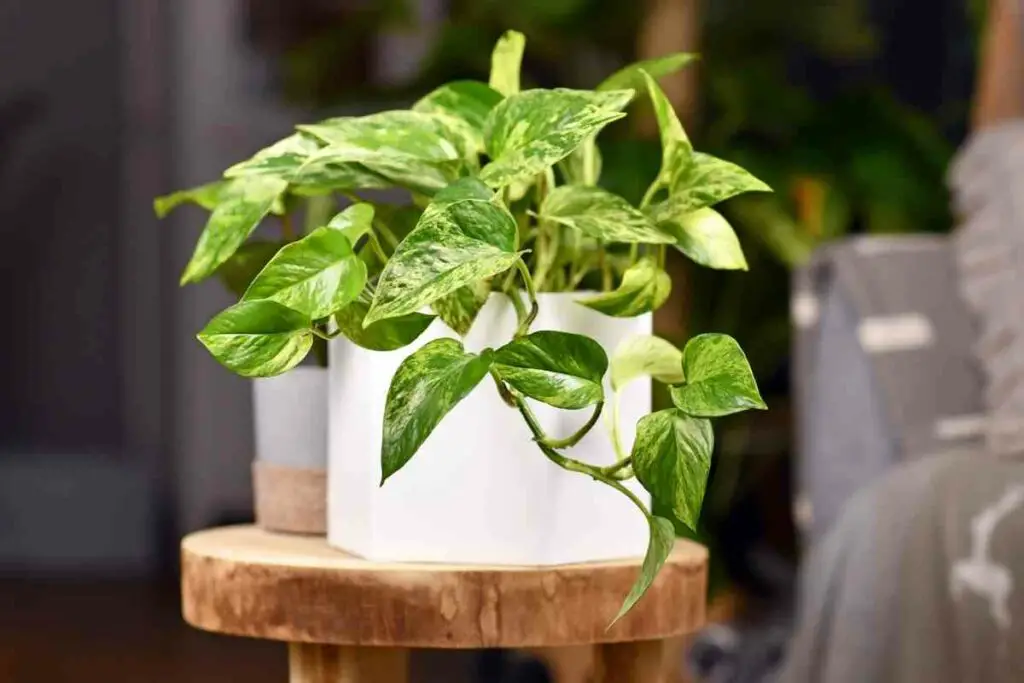
If you see brown spots on the leaves that are accompanied by yellowing or wilting, then it is likely that your plant has a disease.
The two most common diseases that affect pothos are botrytis and powdery mildew.
Botrytis is a fungal disease that affects many different kinds of plants. It causes the leaves to turn brown and rot.
Powdery mildew is another fungal disease that will cause the leaves to turn yellow and brown. It is important to treat these diseases as soon as possible, or else they will spread to other plants.
Pests
Pests can also cause brown spots on the leaves of your pothos.
The most common pests you’ll find on indoor plants are:
These pests will suck the sap out of the leaves, causing them to turn brown and die.
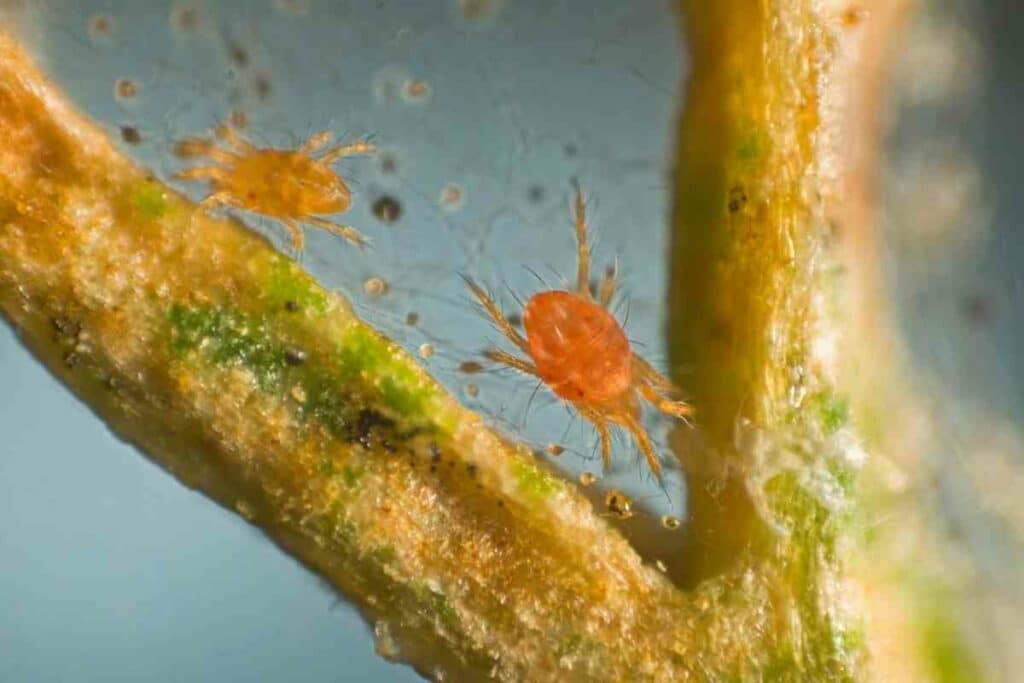
These pests will show up when the plants have been overwatered or over-fertilized, which provides the bugs with a moist environment with access to plenty of nutrients to lay their eggs.
How To Prevent Your Pothos From Turning Brown
Before you even need to take action, you should prevent these issues from happening.
Most of the time, taking proper care of the plant is all you need to do.
Give your pothos indirect sunlight. If they are casting a dark shadow that has definite edges, it is getting too much sun.
You want to look for a shadow that has blurred edges with no distinct shape to it. This is the best way to tell if your plant is in direct or indirect sunlight.
If you are using grow lights, try turning the brightness down, or distancing the plant further away from the light source.
Your pothos should only be watered when there is no moisture left in the soil.
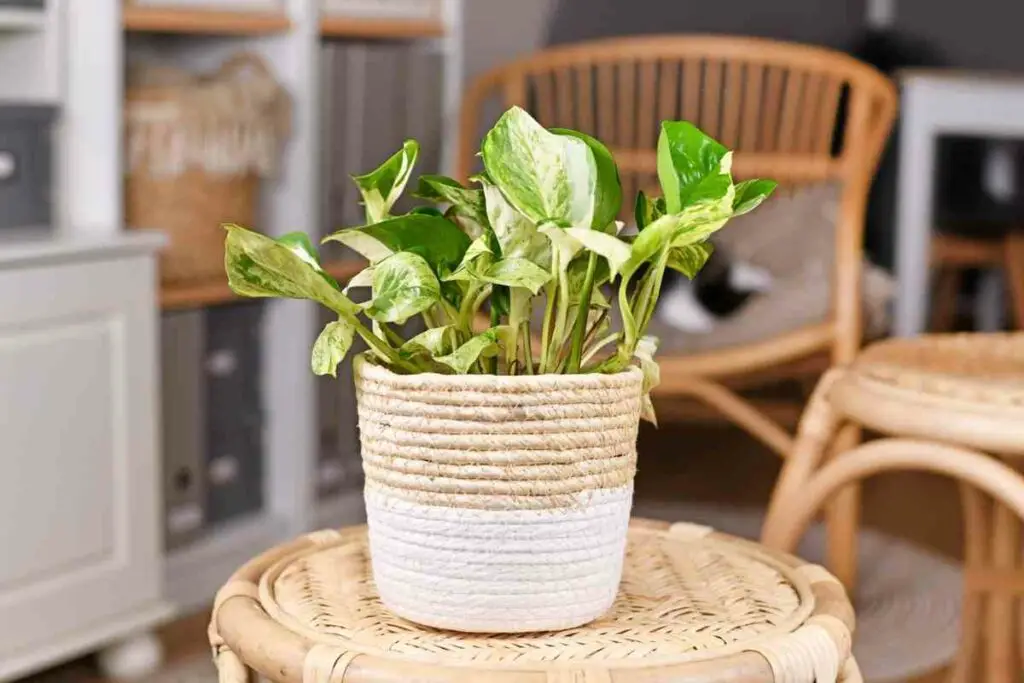
The soil shouldn’t stay dry for very long though. You will want to water your pothos within a day or two of the soil drying out.
Pothos like high humidity, so make sure the air in your home is not too dry.
This plant shouldn’t be placed near any vents or heaters that will dry out the air, but instead, be placed near a humidifier or on a humidity tray.
To Keep Pests Away – You will want to make sure your plant is not overwatered or over-fertilized. These conditions provide the bugs with a moist environment with access to plenty of nutrients to lay their eggs. You can also use neem oil in the soil to keep bugs away.
What To Do About the Brown Spots?
Now that you’ve taken care of the care issues, you can start treating the brown spots that are on the plant.
Step 1:
Since you can’t be sure if the plant has a disease, bugs, or just missing the basic care you should separate it from any other plants so nothing can spread.
If any other nearby plant looks unhealthy, quarantine it with your problem pothos.
Step 2:
Remove the plant from the pot and remove any extra dirt from the roots. If you notice any squishy roots, trim them off with a sanitized knife or garden shears.
Gently wash the leaves and stems of any affected plants.
You can use mild dish soap and room temperature water to clean off any bugs, eggs, or diseases.

Step 3:
Either fully clean out the pot your pothos was in or get a new pot and fill it with fresh dirt.
By doing this you are getting rid of any potential bugs or diseases that might have been in the pot.
If you choose to use the same pot, make sure to clean it with hot soapy water and let it dry in the sun for a day before using it again.
Step 4:
Now that your plant is clean and repotted, yes, you should cut off the brown spots on the pothos plant.
If the leaves are affected, you can use clean and sanitized scissors to cut the leaf off at the base.
If the stem is affected with brown spots, cut it at the node below the affected area to promote new growth.
Step 5:
Now that your pothos is in a healthy condition again, you can put it back near any other plants.
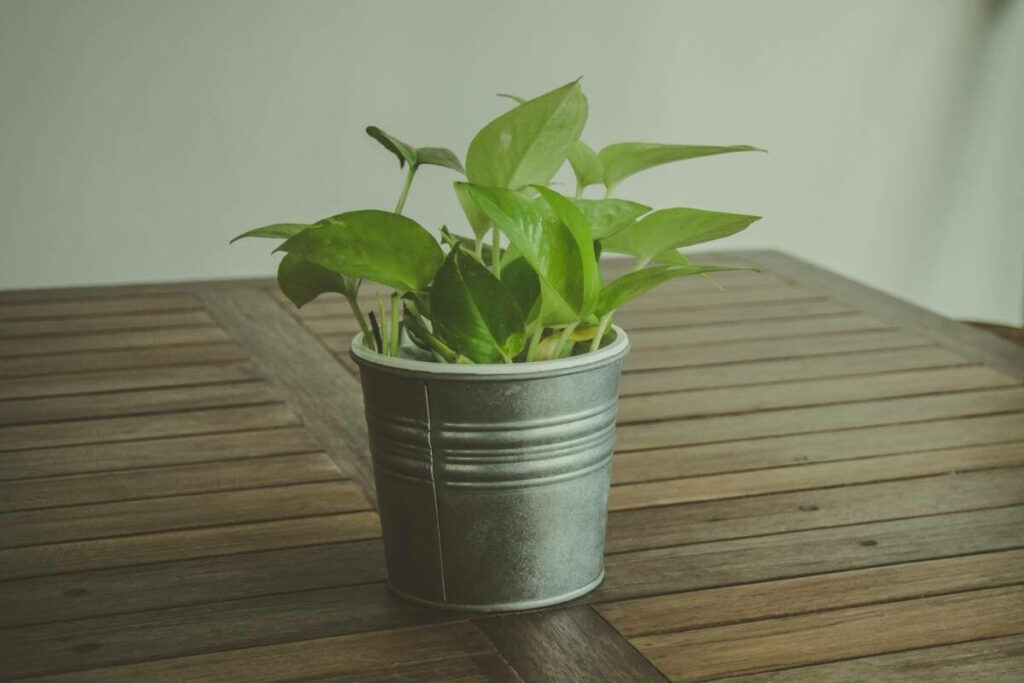
Conclusion
If you follow proper care for your pothos and take precautionary action to prevent any brown spots from appearing, you can avoid having to cut the brown spots off the plant that you worked so hard to grow.
But yes, if brown spots appear on your pothos, you can cut them off after following the other steps first.
Now all you have to do is sit back and enjoy the way the light shines on the beautiful, healthy heart-shaped leaves.
